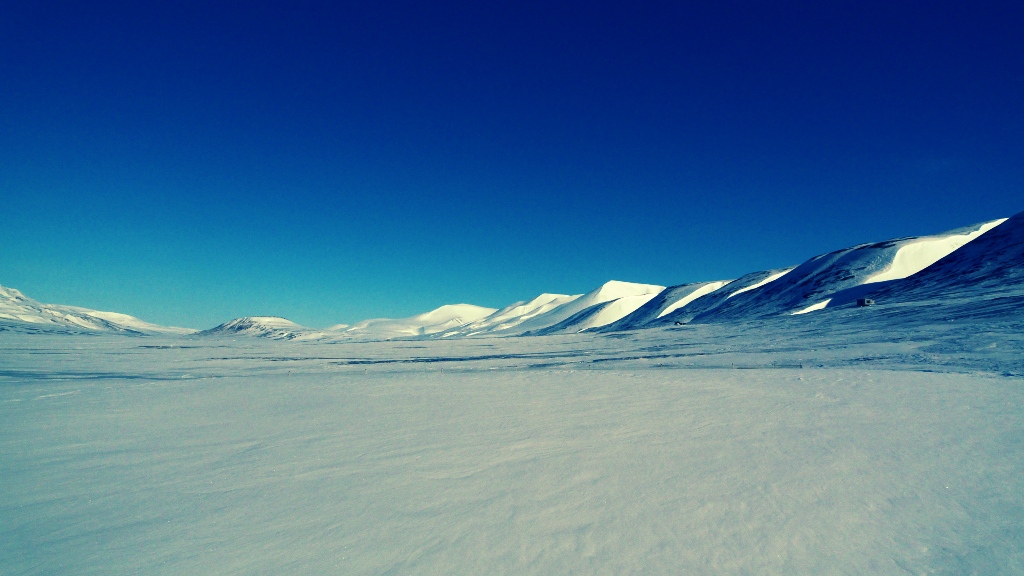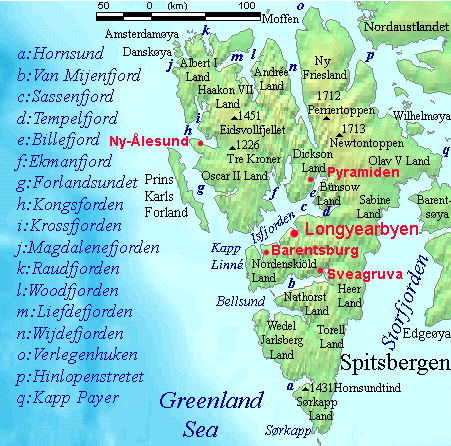|
Bolterdalen
Bolterdalen is a valley in Nordenskiöld Land at Spitsbergen, Svalbard. It is located south of Adventdalen Adventdalen ( en, Advent Valley)Kruse, Frigga. 2013. ''Frozen Assets: British Mining, Exploration, and Geopolitics on Spitsbergen, 1904–53''. Groningen: University of Groningen, p. 207. is a valley that is the broader term for Adventdalselva (' ..., and the Bolterelva river flows through the valley. References Valleys of Spitsbergen {{Spitsbergen-geo-stub ... [...More Info...] [...Related Items...] OR: [Wikipedia] [Google] [Baidu] |
Adventdalen
Adventdalen ( en, Advent Valley)Kruse, Frigga. 2013. ''Frozen Assets: British Mining, Exploration, and Geopolitics on Spitsbergen, 1904–53''. Groningen: University of Groningen, p. 207. is a valley that is the broader term for Adventdalselva (''Advent Valley River'') on the island Spitsbergen in Svalbard, Norway. The valley and the river flow into Adventfjorden and further into Isfjorden. The end of the valley is at Haugen in Longyearbyen, close to the University Centre in Svalbard. The valley originates from the mountains Slottet and Tronfjellet, under the glaciers Hellefonna and Drønbreen. It runs westwards towards the fjord. From northwest, the branch valleys are: Mälardalen, Helvetiadalen, Eskerdalen, Janssondalen, Foxdalen, Bolterdalen, Todalen and Endalen. On the south side of the valley are closed mines to which a road runs. Mine 7 is operational, from Longyearbyen. The valley has snow scooter trails, and the valley has mobile telephone service. At its m ... [...More Info...] [...Related Items...] OR: [Wikipedia] [Google] [Baidu] |
Nordenskiöld Land
Nordenskiöld Land is the land area between Isfjorden and Van Mijenfjorden on Spitsbergen, Svalbard. The area is named after Finnish-Swedish explorer and geologist Nils Adolf Erik Nordenskiöld. The coastal region of Nordenskiöld Land (Nordenskiøldkysten) has been identified as an Important Bird Area (IBA) by BirdLife International BirdLife International is a global partnership of non-governmental organizations that strives to conserve birds and their habitats. BirdLife International's priorities include preventing extinction of bird species, identifying and safeguarding ... because it supports breeding populations of barnacle geese and common eiders. References Important Bird Areas of Svalbard Peninsulas of Spitsbergen {{Spitsbergen-geo-stub ... [...More Info...] [...Related Items...] OR: [Wikipedia] [Google] [Baidu] |
Spitsbergen
Spitsbergen (; formerly known as West Spitsbergen; Norwegian: ''Vest Spitsbergen'' or ''Vestspitsbergen'' , also sometimes spelled Spitzbergen) is the largest and the only permanently populated island of the Svalbard archipelago in northern Norway. Constituting the westernmost bulk of the archipelago, it borders the Arctic Ocean, the Norwegian Sea, and the Greenland Sea. Spitsbergen covers an area of , making it the largest island in Norway and the 36th-largest in the world. The administrative centre is Longyearbyen. Other settlements, in addition to research outposts, are the Russian mining community of Barentsburg, the research community of Ny-Ålesund, and the mining outpost of Sveagruva. Spitsbergen was covered in of ice in 1999, which was approximately 58.5% of the island's total area. The island was first used as a whaling base in the 17th and 18th centuries, after which it was abandoned. Coal mining started at the end of the 19th century, and several permanent com ... [...More Info...] [...Related Items...] OR: [Wikipedia] [Google] [Baidu] |
Svalbard
Svalbard ( , ), also known as Spitsbergen, or Spitzbergen, is a Norway, Norwegian archipelago in the Arctic Ocean. North of continental Europe, mainland Europe, it is about midway between the northern coast of Norway and the North Pole. The islands of the group range from 74th parallel north, 74° to 81st parallel north, 81° north latitude, and from 10th meridian east, 10° to 35th meridian east, 35° east longitude. The largest island is Spitsbergen, followed by Nordaustlandet and . The largest settlement is Longyearbyen. The islands were first used as a base by the Whaling, whalers who sailed far north in the 17th and 18th centuries, after which they were abandoned. Coal mining started at the beginning of the 20th century, and several permanent communities were established. The Svalbard Treaty of 1920 recognizes Norwegian sovereignty, and the 1925 Svalbard Act made Svalbard a full part of the Kingdom of Norway. They also established Svalbard as a free economic zone and a ... [...More Info...] [...Related Items...] OR: [Wikipedia] [Google] [Baidu] |
Norwegian Polar Institute
The Norwegian Polar Institute (NPI; no, Norsk Polarinstitutt) is Norway's central governmental institution for scientific research, mapping and environmental monitoring in the Arctic and the Antarctic. The NPI is a directorate under Norway's Ministry of Climate and Environment. The institute advises Norwegian authorities on matters concerning polar environmental management and is the official environmental management body for Norwegian activities in Antarctica. Activities The institute's activities are focused on environmental research and management in the polar regions. The NPI's researchers investigate biodiversity, climate and environmental toxins in the Arctic and Antarctic, and in this context the institute equips and organizes large-scale expeditions to both polar regions. The institute contributes to national and international climate work, and is an active contact point for the international scientific community. The institute collects and analyses data on the environ ... [...More Info...] [...Related Items...] OR: [Wikipedia] [Google] [Baidu] |




